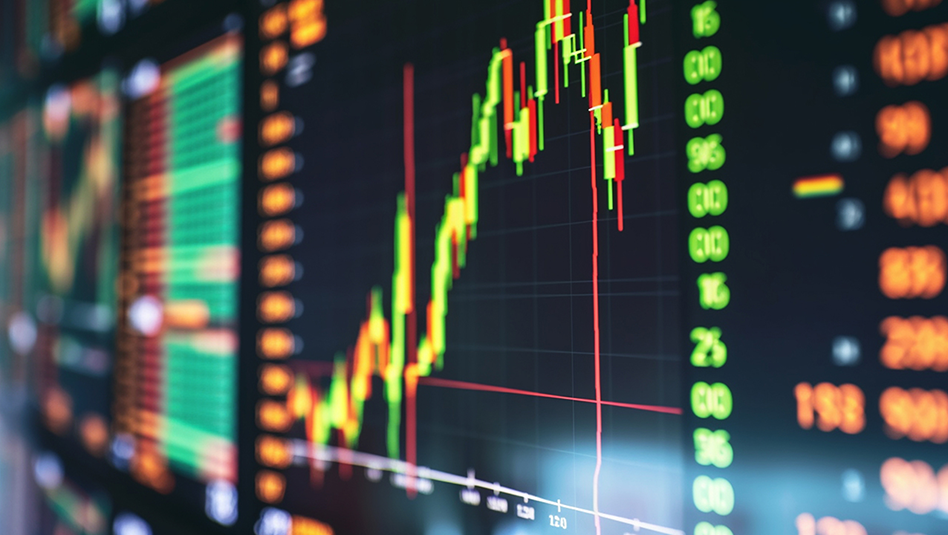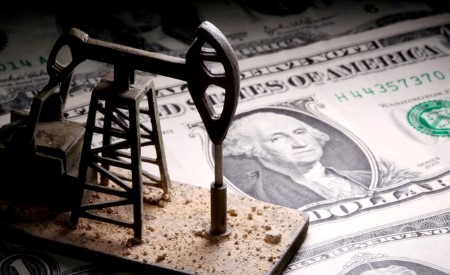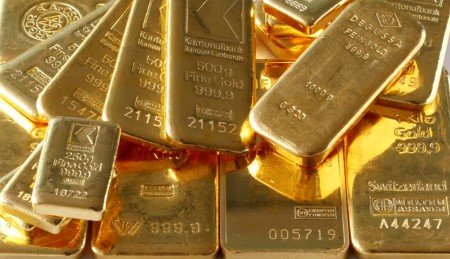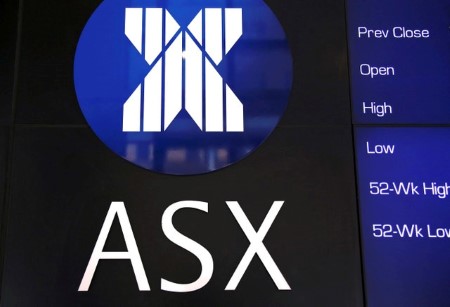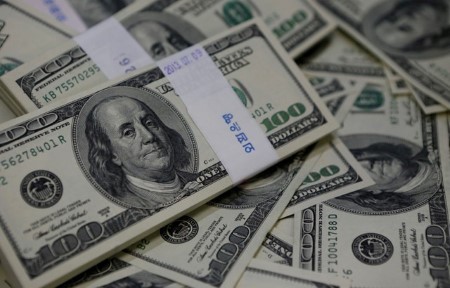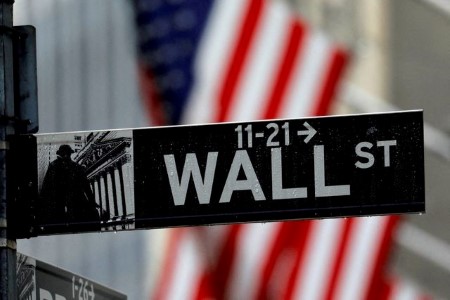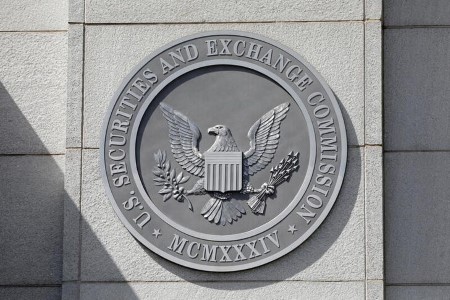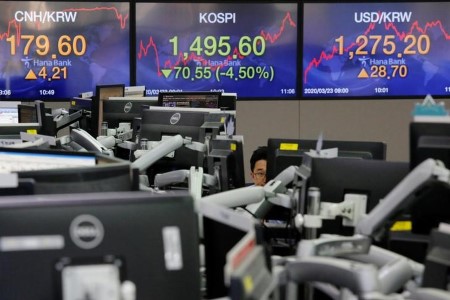NEW YORK, Nov 3 (Reuters) – Oil prices slid about 2% on Thursday as China stood by its zero-COVID policy and an increase in US interest rates pushed up the dollar, raising fears of a global recession that would crimp fuel demand.
Losses, however, were limited by concern over tight supply.
Brent futures were down USD 1.49, or 1.5%, to settle at USD 94.67 a barrel, while US West Texas Intermediate (WTI) crude fell USD 1.83, or 2.0%, to settle at USD 88.17.
Both benchmarks had gained more than USD 1 on Wednesday, aided by another drop in US oil inventories, even as the Federal Reserve boosted interest rates by 75 basis points and US central bank chief Jerome Powell said it was premature to consider pausing rate increases.
That sent the dollar higher on Thursday, with Powell indicating that US rates are likely to peak above current investor expectations.
A strong dollar reduces demand for oil by making it more expensive for buyers using other currencies.
“Oil is battling both a weakening global economic outlook and a surging dollar. It seems these bearish drivers won’t be easing up anytime soon,” said Edward Moya, senior market analyst at data and analytics firm OANDA.
The number of Americans filing new claims for unemployment benefits unexpectedly fell last week, suggesting the labor market remains strong despite slowing domestic demand amid the Fed’s hefty rate hikes to tame inflation.
The United States is not the only country tightening policy.
The Bank of England raised interest rates by the most since 1989 but also warned Britain faced a long recession.
“Rising anxiety about stalling growth will inevitably impact global oil demand and another downward revision in the next set of forecasts is not a far-fetched idea,” said PVM Oil analyst Tamas Varga.
STRICT COVID CONTAINMENT
In China, meanwhile, COVID-19 cases hit their highest level in two and a half months after the health authority stuck by its strict containment policy, dampening investor hopes for an easing of curbs battering the world’s second-largest economy.
In addition, China’s natural gas consumption may post the first decline in 2022 in two decades amid a struggling economy, with demand this winter set to rise more modestly than in previous years, state energy officials said.
Chinese policymakers pledged on Wednesday that growth was still a priority.
Oil price losses, however, were limited by expectations the market is set to tighten in the coming months.
The European Union’s (EU) embargo on Russian oil over its invasion of Ukraine is set to start on Dec. 5 and will be followed by a halt on oil product imports in February.
Lower output from the Organization of the Petroleum Exporting Countries (OPEC) also lent price support, with a Reuters survey finding the producer group’s output fell in October for the first time since June.
OPEC and its allies including Russia, known collectively as OPEC+, decided in early October to cut targeted output by 2 million barrels per day from this month.
(Additional reporting by Arpan Varghese and Muyu Xu in Singapore, and Ahmad Ghaddar in London; Editing by David Goodman, Mark Potter and Paul Simao)







 DOWNLOAD
DOWNLOAD

